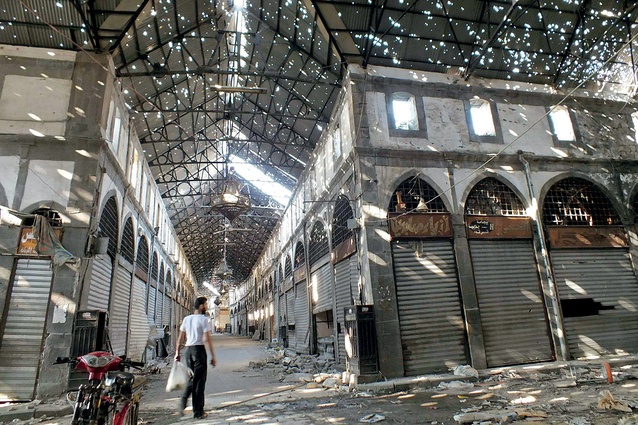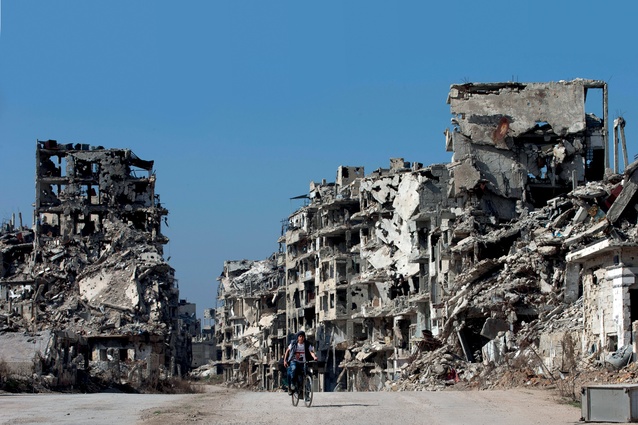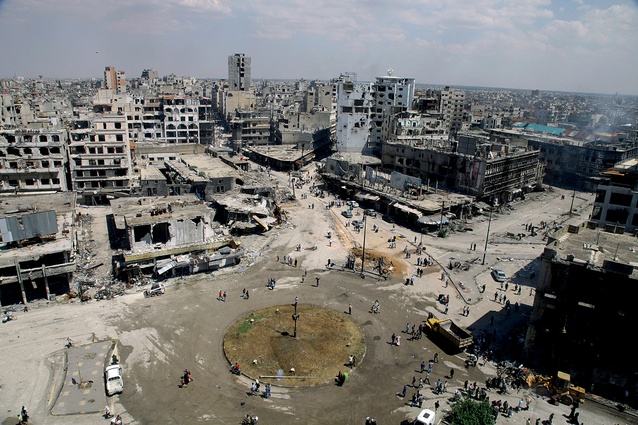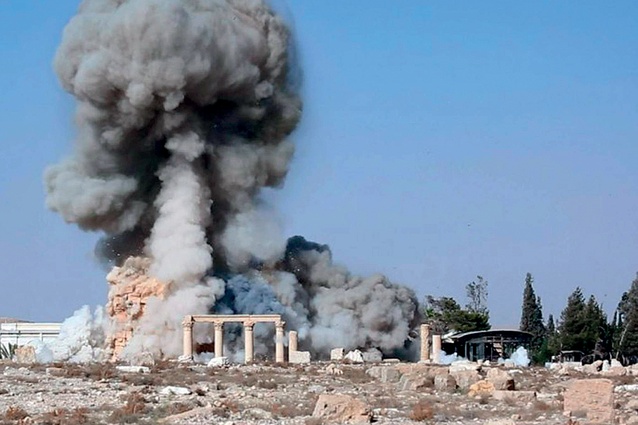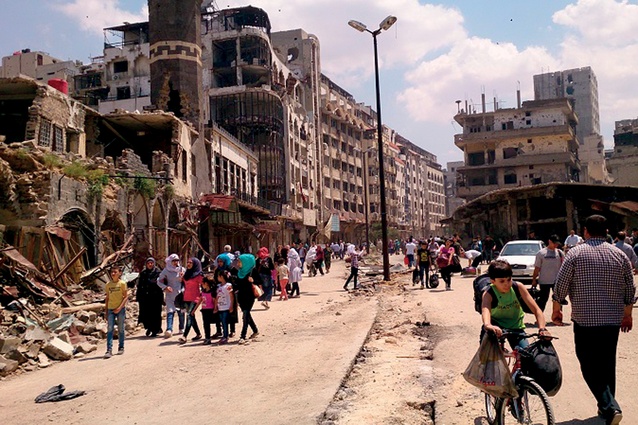The battle for home
Justine Harvey interviewed Marwa al-Sabouni, whose memoir, The Battle for Home, is a moving eyewitness account of a Syrian architect living within the war-torn city of Homs, in Syria.

Since the so-called Arab Spring in 2011, the world has watched nightly media accounts of terrifying mortar attacks on Syrian cities and towns and, subsequently, the stories of refugees’ journeys to find countries that will offer them solace. It is hard to imagine that Syria once had a tolerant past in which churches and mosques were built alongside one another in cities like Old Homs and people from different religions lived together harmoniously.
In The Battle for Home, author Marwa al-Sabouni − who has a PhD in Islamic Architecture and runs a private architectural studio in Homs − describes the decades leading up to war when a breakdown of social cohesion in Syria’s cities occurred. Architecture played a real part in this history with a lack of shared public spaces intensifying divisions within the community and corrupt officials interfered in town planning for their own gain − actions al-Sabouni suggests are symptomatic of the wider abuses of power.
Justine Harvey: In The Battle for Home you talk about lost identity, poor education and corrupt institutions being manifested in architecture in Syria. How has architecture contributed to the breaking down of a sense of identity among Syrians? Do you propose a remedy?
Marwa al-Sabouni: I have talked about identity in the book because I believe it is one of the most important aspects of architecture to express. And ‘express’ is the key word because architecture, as with any form of expression, cannot generate something from nothing. It can enhance or inspire but it has to build upon a foundation; a foundation of human achievement, which I believe is being demolished through many wrongful practices – among which you have mentioned in your question. In the book, I’ve tried to show how all these factors are interrelated in a way that has contributed directly in creating this end.
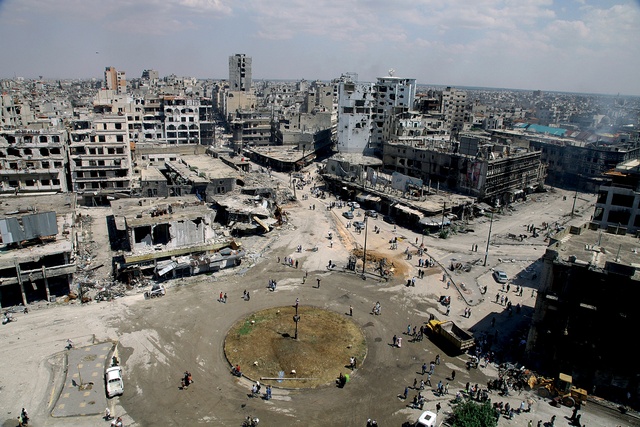
JH: You begin by stating, “In politics and history, when narratives are assembled, parties tell their own sides of the story. It is only through architecture that we see the point of view that is no one’s in particular and everyone’s in general.” That is a powerful statement. What has been the role of architecture in the Syrian context and how has that changed in recent years with so much death and destruction?
M al-S: This is the main focus of the book and what the book is trying to shed light on; namely, how vital architecture is in everyone’s lives and, most importantly, within society – how it can create peace and how it can create war.
JH: You comment that “controlling the built environment is a huge responsibility: the face of a city governs the daily routines of its people and all that pertains to their way of life. Nonetheless, it has become a lucrative source of income for unscrupulous alliances who construct the city for their personal benefit and without regard for its inhabitants.” When the war is over, do you have a vision for a people-led city of Homs?
M al-S: This can be very controversial because, from my point of view, people alone cannot lead a vision. Leadership has to be undertaken by a much more focused group; namely, a narrow group of people with a wide range of effects. The challenge is how to assemble the right people with the right capabilities in the right place and time. And ensuring that they have what it takes – integrity and a sense of responsibility. It is the challenge of every system of leadership.
Obviously, there is nothing new in this but we cannot forget that our societies, communities and down to every individual – coming out of years of encripplement and, later on, war – have been subjected to numerous setbacks that demand us to now face the reality that these societies, in general, need a process of rehabilitation on some level before taking control. This doesn’t mean we should remove people’s needs and ambitions from the equation; rather, accept that there would be a common disorientation which needs to be taken into consideration beforehand.
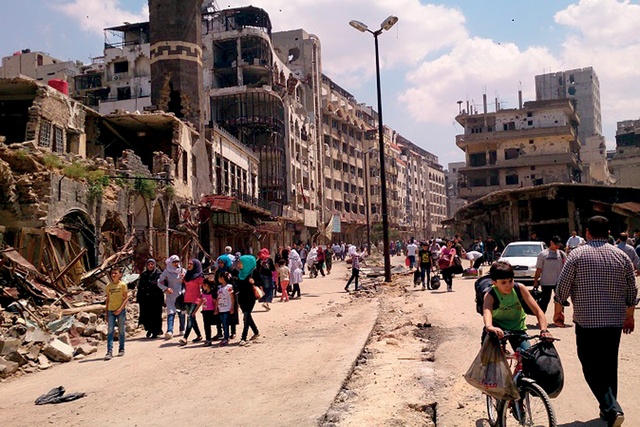
JH: Your descriptions of bombs raining down on your city and the brutal killings of innocent people, especially the children, is hard for a New Zealander to imagine. We had the devastating earthquakes in Christchurch five years ago, which killed many people and destroyed a large part of the city, but, somehow, destruction caused directly by other humans, rather than by nature, seems much more bitter.
What is it like to live where you are right now in Homs and how has the war affected your friends and family, and your colleagues?
M al-S: It is always hard to hear or witness the devastations that disasters leave behind on people, whether they were man-made or by nature. This follows up our discussion in the previous question: to see the difference between the effects of man-made and natural disasters. Although nature leaves devastating marks on people, it doesn’t kill the public spirit; rather, it strengthens it, as is the inspiring case of Christchurch. While wars, especially those that last for too long and come from within – as is the one that my country is witnessing – tear up communities and kill the public spirit. Needless to say, many people have left Syria – and Homs, in particular.
You asked about family and friends and I can tell you that almost everybody we know has left. When it occurs for this long, war’s effect doesn’t become restricted within a life or death matter; it brings a renewed set of challenges every day, which you have to learn how to cope with at every different stage. It doesn’t only change the way you approach life, it challenges you in every small detail of your daily life: your eating, dressing, sleeping and so on. Everyone here has a different story that varies completely from city to city, neighbourhood to neighbourhood and time to from time; the only thing that brings them all together is that they are each just as difficult and painful as the other.
JH: Treasured sites have been vandalised or threatened by ISIS, such as Palmyra; how does that affect you as an architect and how does it sit within the context of entire cities being destroyed?
M al-S: Of course, it is unfortunate to see our history being destroyed in that barbaric way but I have become numb to such news for two reasons: firstly, and most importantly, seeing human life being ‘vandalised’ is much more hurtful. And, secondly, Palmyra and other historic treasures have been vandalised by the neglect and corruption of our officials for a much longer time than the barbarism of ISIS taking over the scene. Syria has many buried sites that were left neglected and exposed to danger long before this war. Even the renowned sites such as Palmyra (and many others) were unkept up until ISIS came and took their last strike on them.
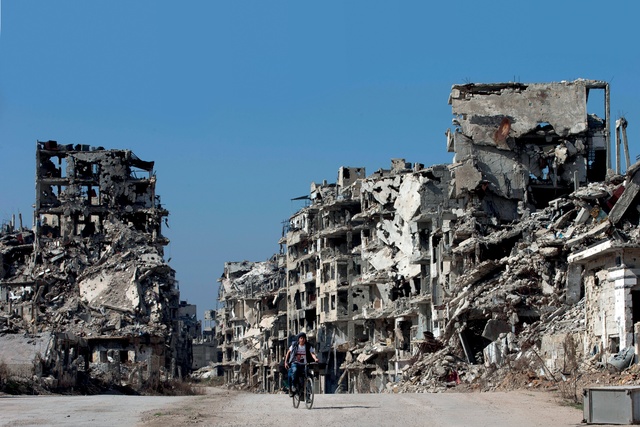
JH: How has traditional Islamic architecture been misunderstood?
M al-S: This question, for instance, juxtaposes two terms I tried to differentiate between in my book: ‘traditional’ and ‘Islamic’. In many cases, Islamic architecture is not being taken as an established style of architecture. On the contrary – it is being used in a sort of a ‘pick up and use’ approach, without consideration of the thought that has produced those forms in the past.
JH: As a practising architect, you also co-own the first and only online media site dedicated to architectural news in Arabic: www.arch-news.net. What made you tackle writing a book?
M al-S: It was a sequence of events that started with writing an article which developed into writing a whole book. Of course, my country is going through an unfortunate situation that is demanding everyone to act with whatever ‘tools’ he or she has. I happen to have the tool of searching for answers through writing, due to my higher-education studies. This war has raised too many questions and has pushed me to tackle this endeavour and, obviously, there are still many more questions to be tackled. But the most direct reason was the encouragement and support of my husband, who has been a real mentor for me all along and remains so.
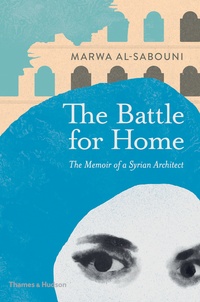
JH: Is there anything New Zealand architects and designers could do to help the Syrian people?
M al-S: In such a situation as the Syrian one, all help is needed. In fact, two years ago, my husband and I announced (with our very modest capabilities) an initiative called ‘Rebuilding Destroyed Cities’ – calling for all expertise possible to share their knowledge in this vast area. This is mainly because the enormity of destruction is beyond imagination but, also, the responsibility in the face of it is very huge – for the many reasons that were explored in the book.
The challenges are enormous: we have the urgent need to get rid of the mountains of rubble, to build proper infrastructure, settle down the deported people in the coming times (which is only the practical aspect) and, on the other hand, we have the challenges that relate to the bigger questions, such as being responsible for the values of beauty, identity and home.
Indeed, all hands are needed but, when it comes to seeking help from the West, we must be very careful not to build on what is being presented in the Gulf, as an instance, because this is exactly what I try to make a case against in the book – for the number of reasons I explain.

